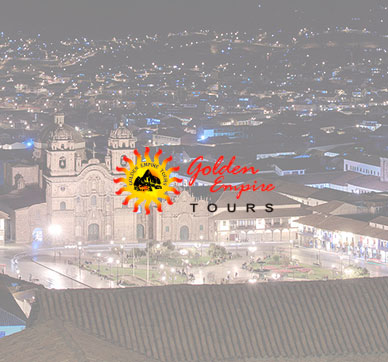Machu Picchu and History
Machu Picchu (name from the Quechua language meaning Machu Pikchu “Old Mountain”) is the designation given to this renowned Inca Andean village, built mainly in stone in the mid-fifteenth century and serves as a union between the mountains of Machu Picchu and Huayna Picchu.
Location of Machu Picchu
- Machu Picchu is very close to the Collpani Valley, in the province of Urubamba at an altitude of 2,438 meters above sea level, surrounded by beautiful landscapes and great vegetation typical of the area. The entire surface of the Inca ruins is 530 meters long by 200 meters wide; housing 172 buildings in its urban area.
- The Machu Picchu and Huayna Picchu mountains are part of an orographic formation known as Batolito de Vilcabamba; which is located in the Central Cordillera of the Peruvian Andes to the left side of the Urubamba Canyon.
Weather
The climate of the place is hot and humid during the day and cool at night. The temperature varies between 12 and 24 ° C. During the months of November and March it presents constant rains (1,955 mm per year) and it is common to observe rainy seasons with some solar brightness.
How to get
- The archaeological zone of Machu Picchu is accessible from the Inca roads or otherwise it can be reached from the Hiram Bingham road; that is born in the town of Aguas Calientes (town that is reached by making a 3-hour tour from the city of Cusco)
- The Inca trail is covered by a 3-day walk, for which you need to reach kilometer 82 of the Cuzco – Aguas Calientes railway to start the road.
History of Machu Picchu
Machu Picchu was built between the XV and XVI centuries, along with other Inca citadels under similar characteristics. They were small and picturesque cities all self-sustainable, with platforms that ensured their subsistence and deposits for the storage of these foods. These citadels were populated mainly by nobles, priests and “aqllas” (virgins of the sun). The peasants were the ones who worked the platforms and agricultural fields but did not live inside the citadel.
Machu Picchu was also part of the exchange system (barter) of essential products between the empire and other communities in the jungle. From the low forests came valuable products for the Quechuas (name that defines the population of the empire): coca, medicinal herbs, feathers of exotic birds and ornaments for the ritual ceremonies, certain varieties of chili, and from the Andes the potato was offered in all its varieties, grains, corn, among others.









